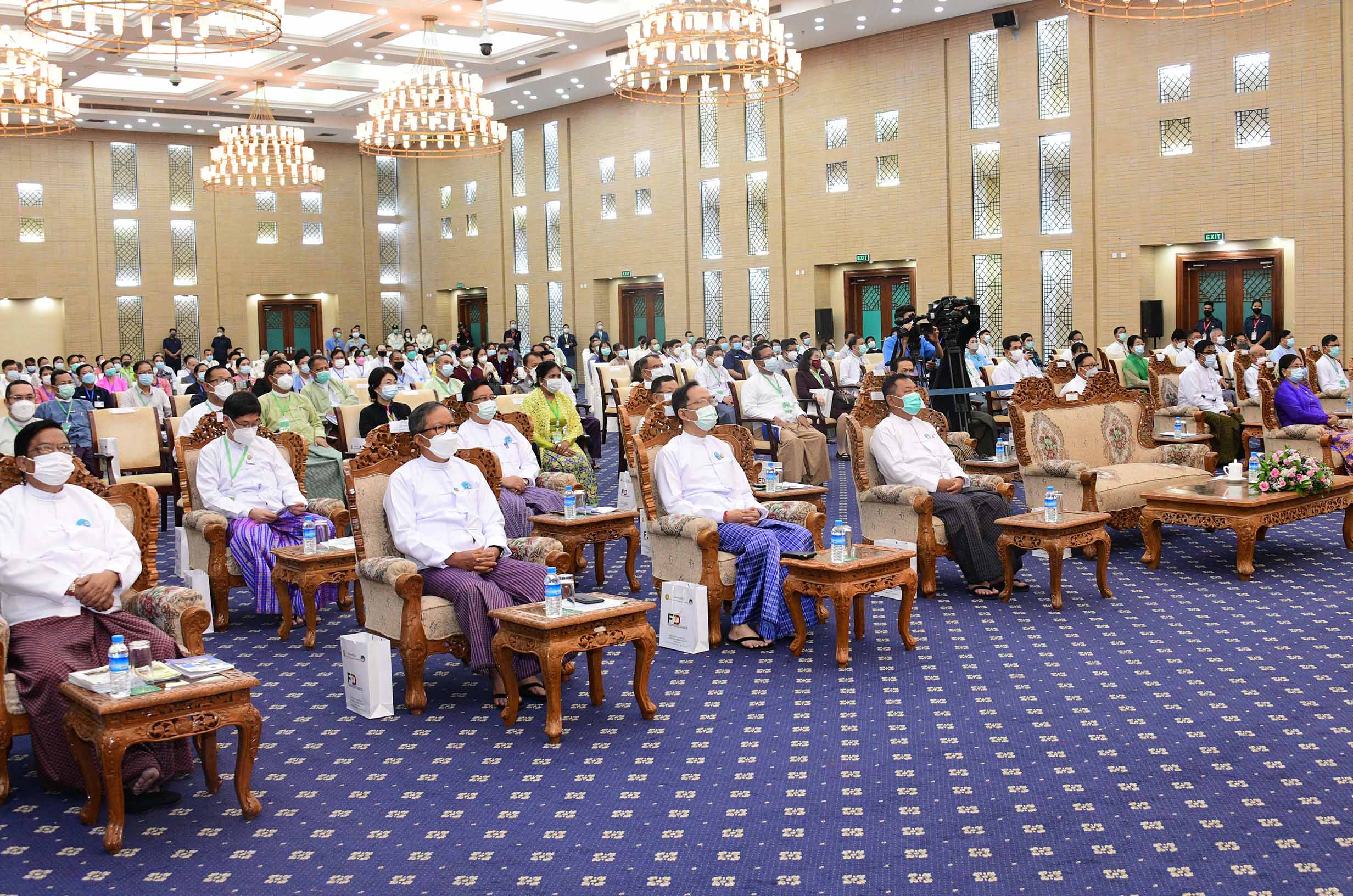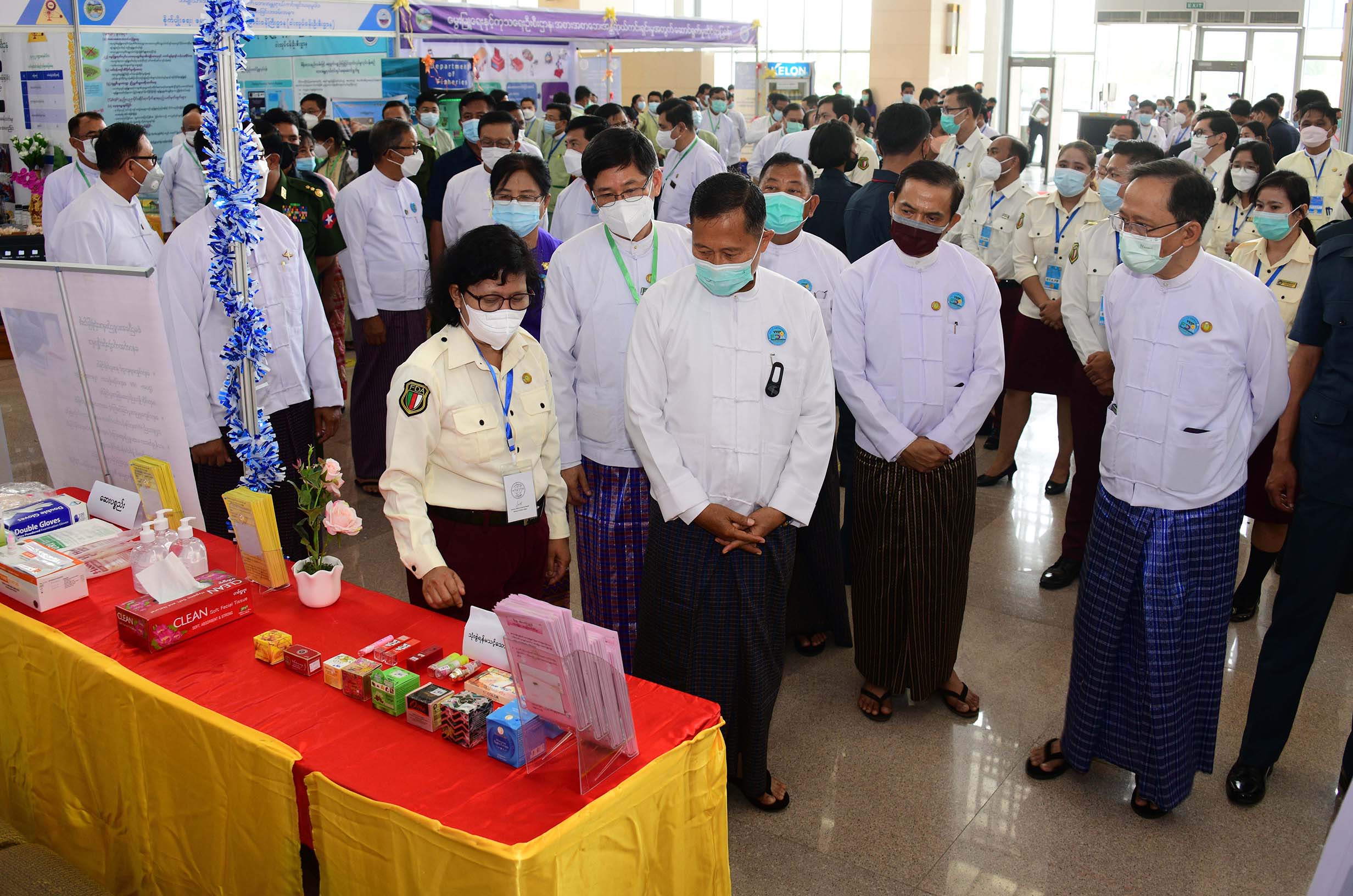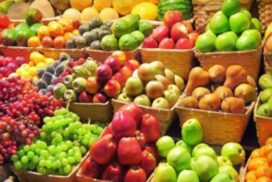Emphasis must be placed on systematic packaging of basic foodstuff as the value-added foodstuff meeting international standards, said Vice-Chairman of the State Administration Council Deputy Prime Minister Vice-Senior General Soe Win at the ceremony to introduce the National Food Safety Policy at the Myanmar International Convention Centre-2 in Nay Pyi Taw yesterday morning.
In his address, the Vice-Senior General said that initial food producers need to produce quality food products made of agricultural and livestock materials. They have to increase the production of quality value-added products through small, medium and heavy industries.
Departments under the Ministry of Agriculture, Livestock, and Irrigation supervise the production of basic foodstuffs in line with the agricultural and livestock practices. Moreover, these departments transfer technologies to producers to abide by the good agriculture practices and issue the certificates. Following the Myanmar GAP will be a perpetual agricultural technique free from danger, contributing to environmental conservation.
The Department of Agriculture enacted the Myanmar GAP guideline and GAP protocol for 15 items in 2017 and issued 3,616 Myanmar GAP certificates for 56 kinds of crops until February 2022. The National Standard Council has approved the GAP standards of Myanmar for crops as the State standard and has drawn the Myanmar organic standards.
The Department of Livestock Breeding and Veterinary implements nine kinds of standards for Good Animal Husbandry Practices. Twenty-seven livestock breeding zones and five-foot and mouth disease zones are being operated across the nation. There are 44 GAHP farms in Nay Pyi Taw Council Area, Mandalay and Yangon regions and Shan State.
The Department of Fisheries is accelerating the production of marine products meeting the international standard. Directive No 8/2018 was issued for the fishery industry in line with the international techniques. The department participates in the management of safety food measures. Vendors need to understand the food safety measures, while officials need to raise awareness of food safety measures. Moreover, awareness must be raised for cooks to make safe foods systematically.
Emphasis must be placed on systematic packaging of basic foodstuff as value-added foodstuffs meeting international standards. Efforts must be made to increase the production of quality foodstuffs.
Branches of the Department of Food and Drug Administration and relevant departments search imappropriate foodstuffs for the people in the market on a monthly basis and take action against offenders under the law to protect consumers on the one hand.
He urged the Department of Public Health to raise health awareness related to the consumption system, which may harm their health.
The National Food Safety Policy was drawn to ensure the safety of consumer health, emergence of international level standards in respective sectors, realization of good practices in agriculture, livestock and production and generating income of foreign exchange through exportation.
The policy will prevent disadvantages of health conditions based on consumption of foodstuffs as well as help establish a reliable foodstuff market.
In conclusion, the Vice-Senior General said only when foodstuffs in the chain of foods from the farmlands to consumers are safe and nutritious will all citizens be healthy and fit. Hence, all stakeholders need to strive to achieve success in their sectors with responsibility and accountability.
The Vice-Senior General viewed the booths introducing the policy and the Food and Drug Administration Mobile Laboratory.
In the second session of the meeting, the director-general of the Department of FDA introduced the national food safety policy, and the Consumer Affairs Department officials discussed it. — MNA
















